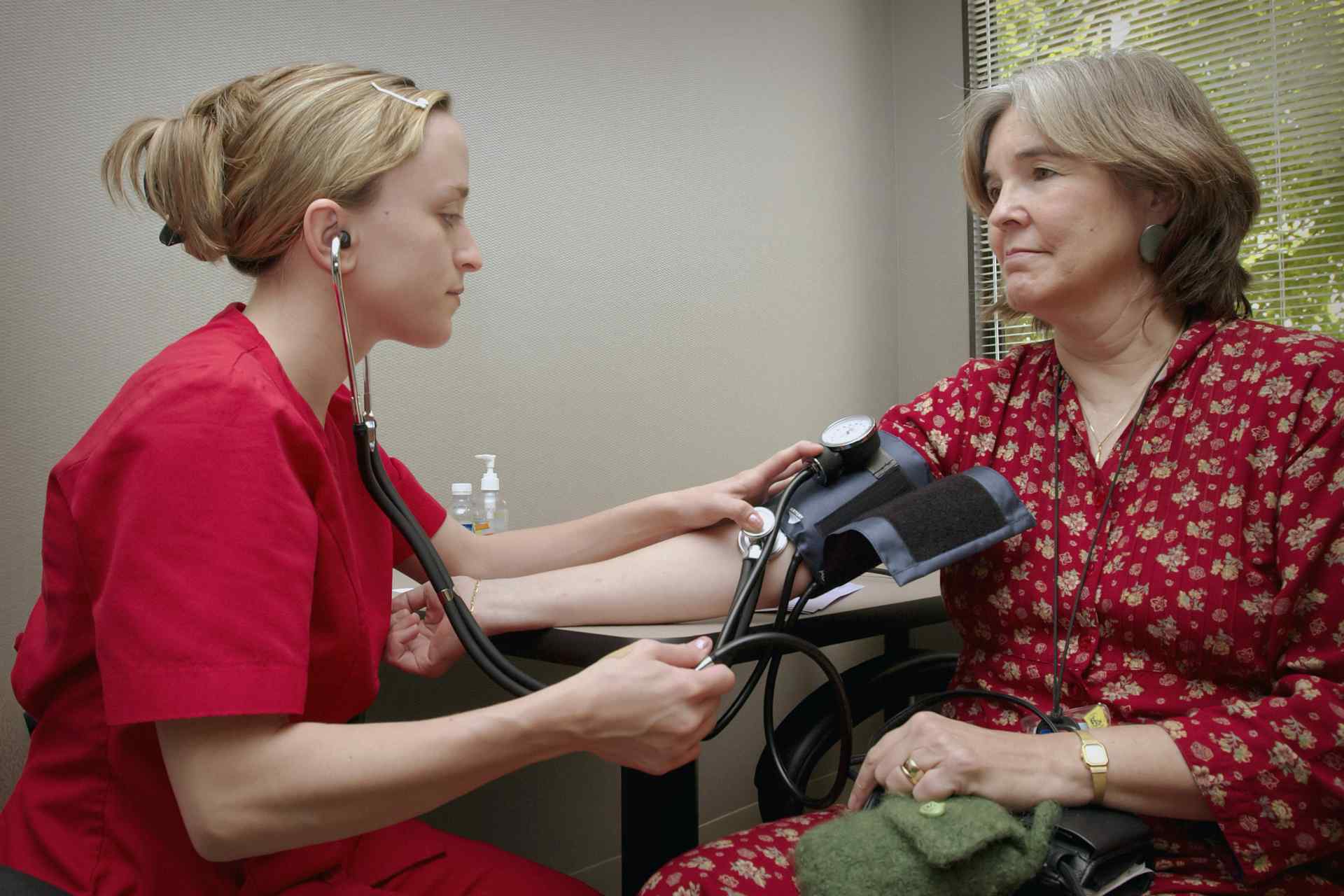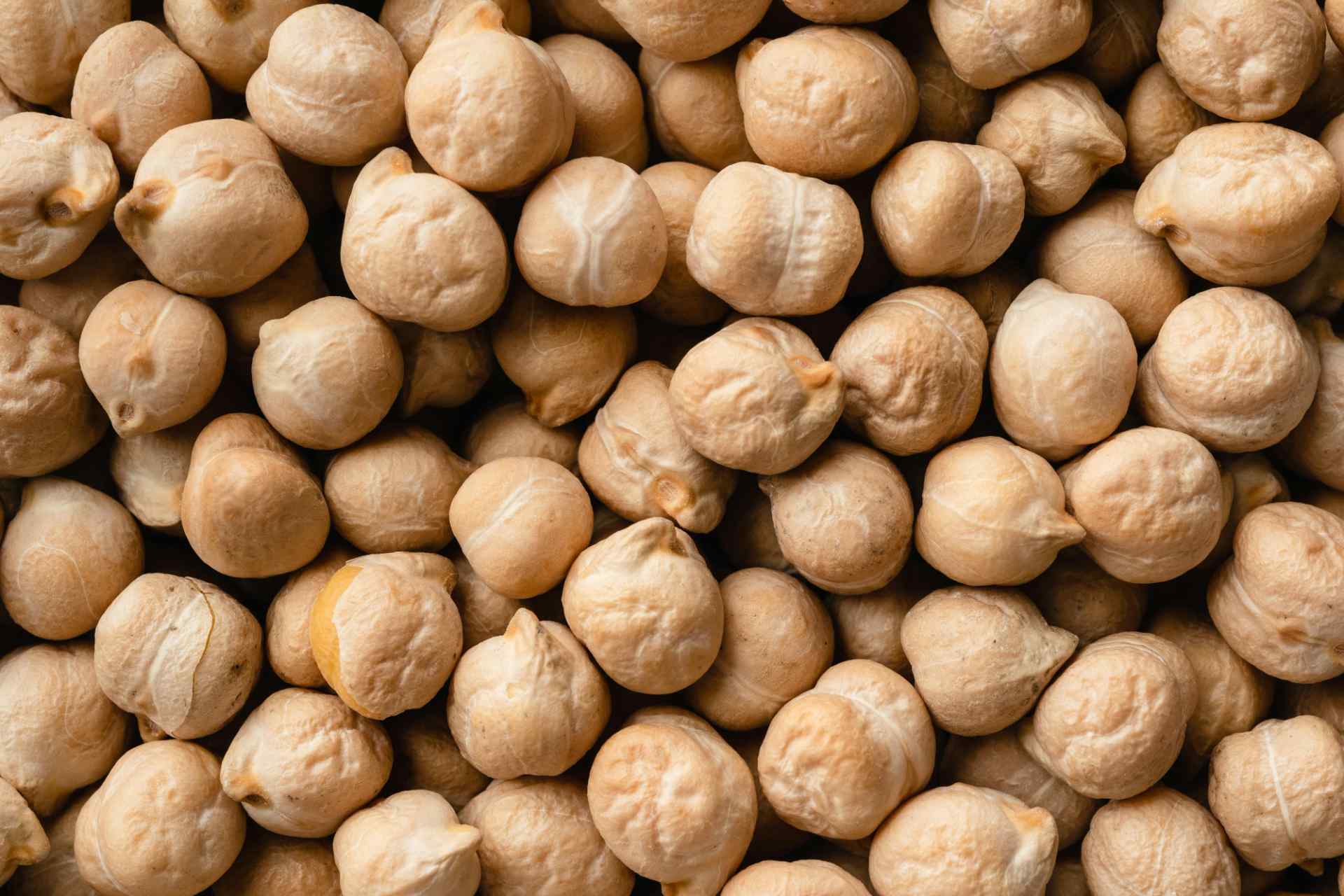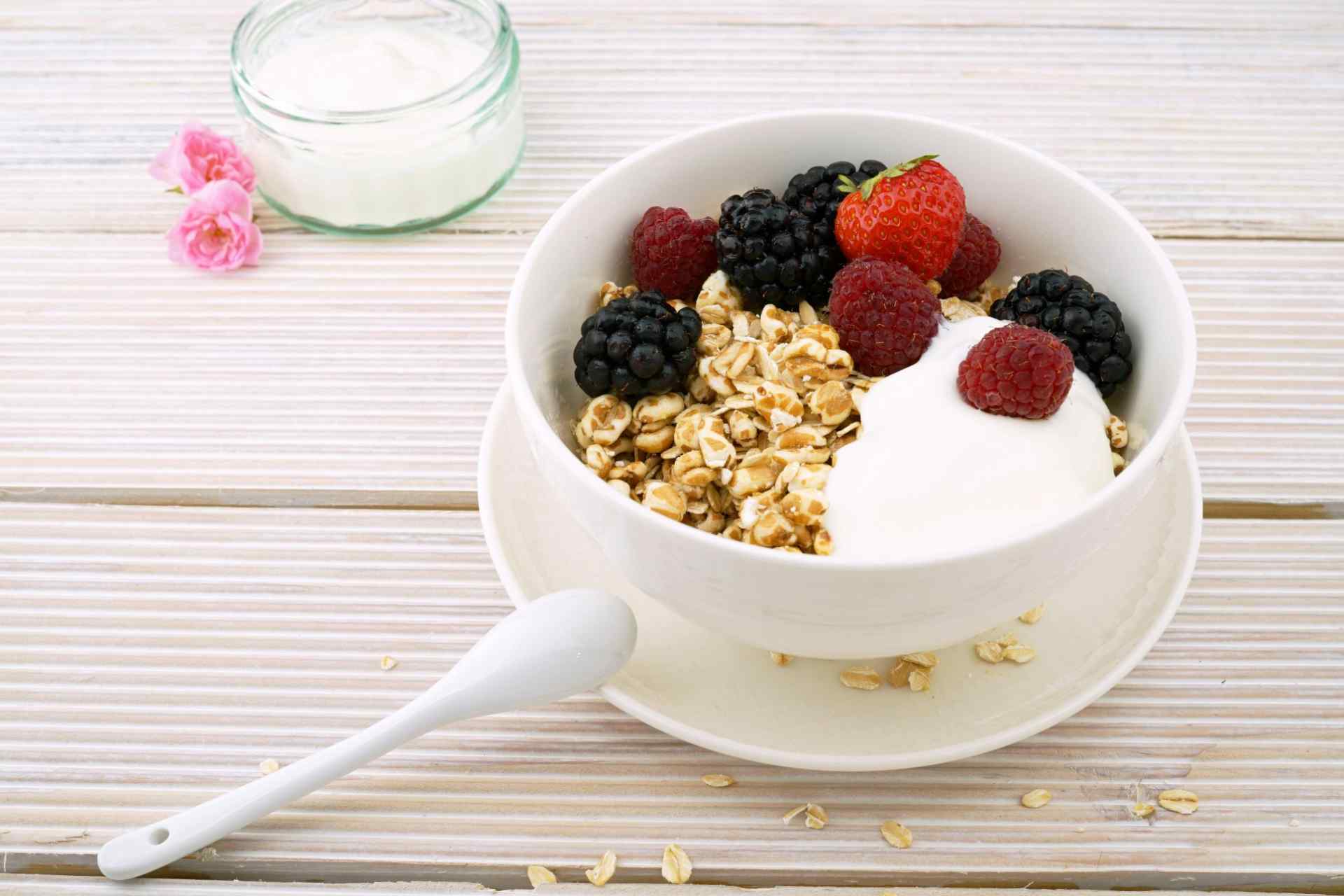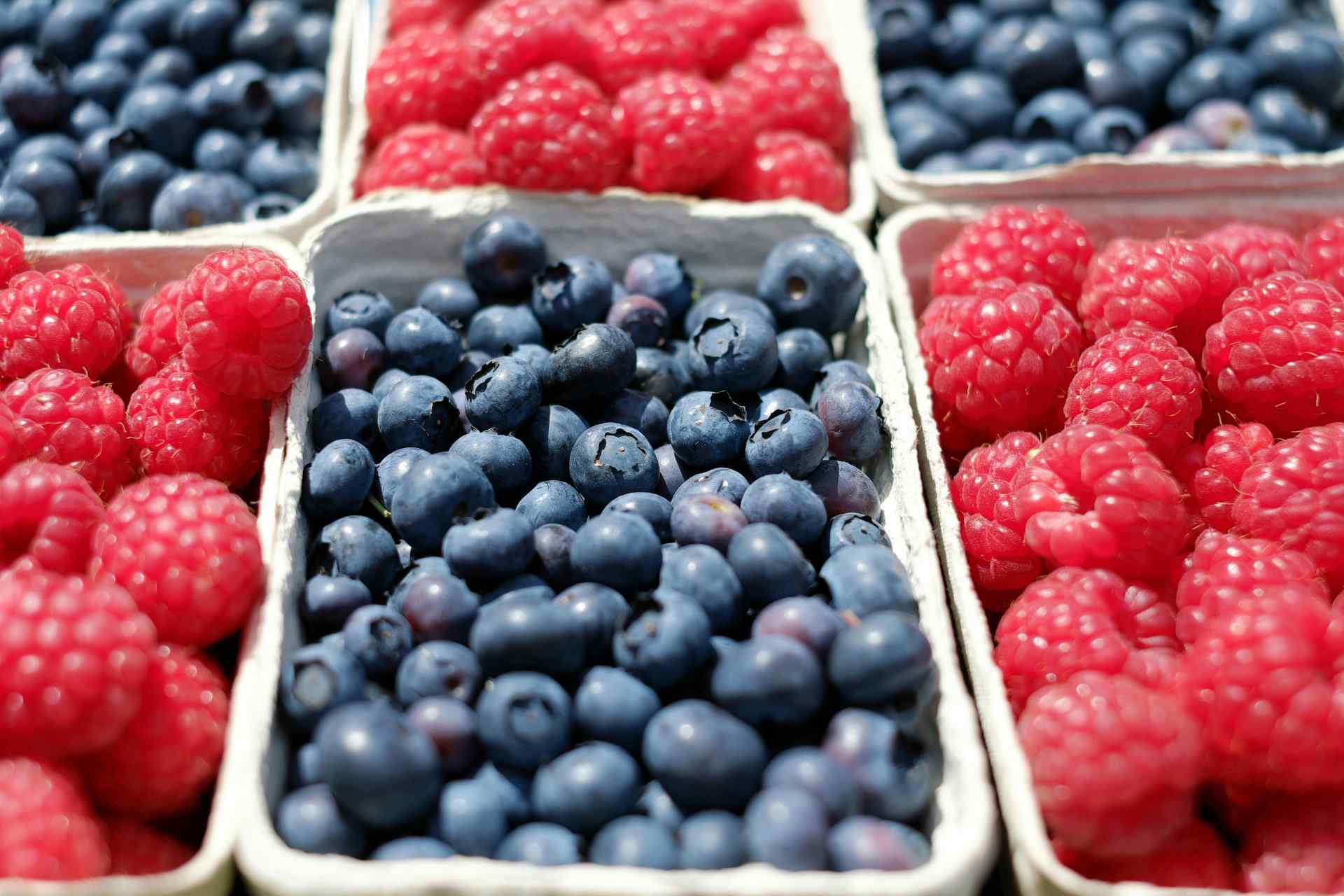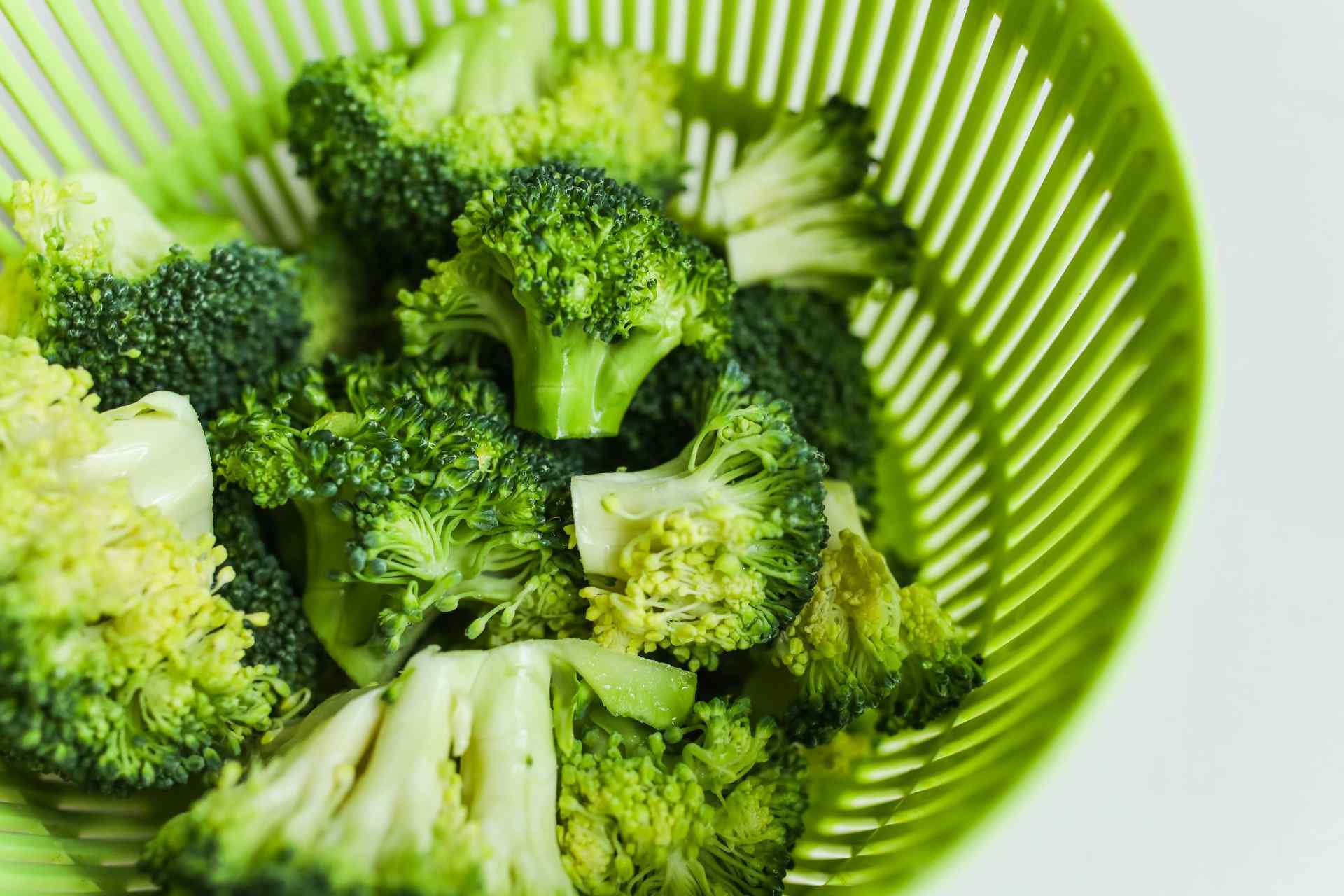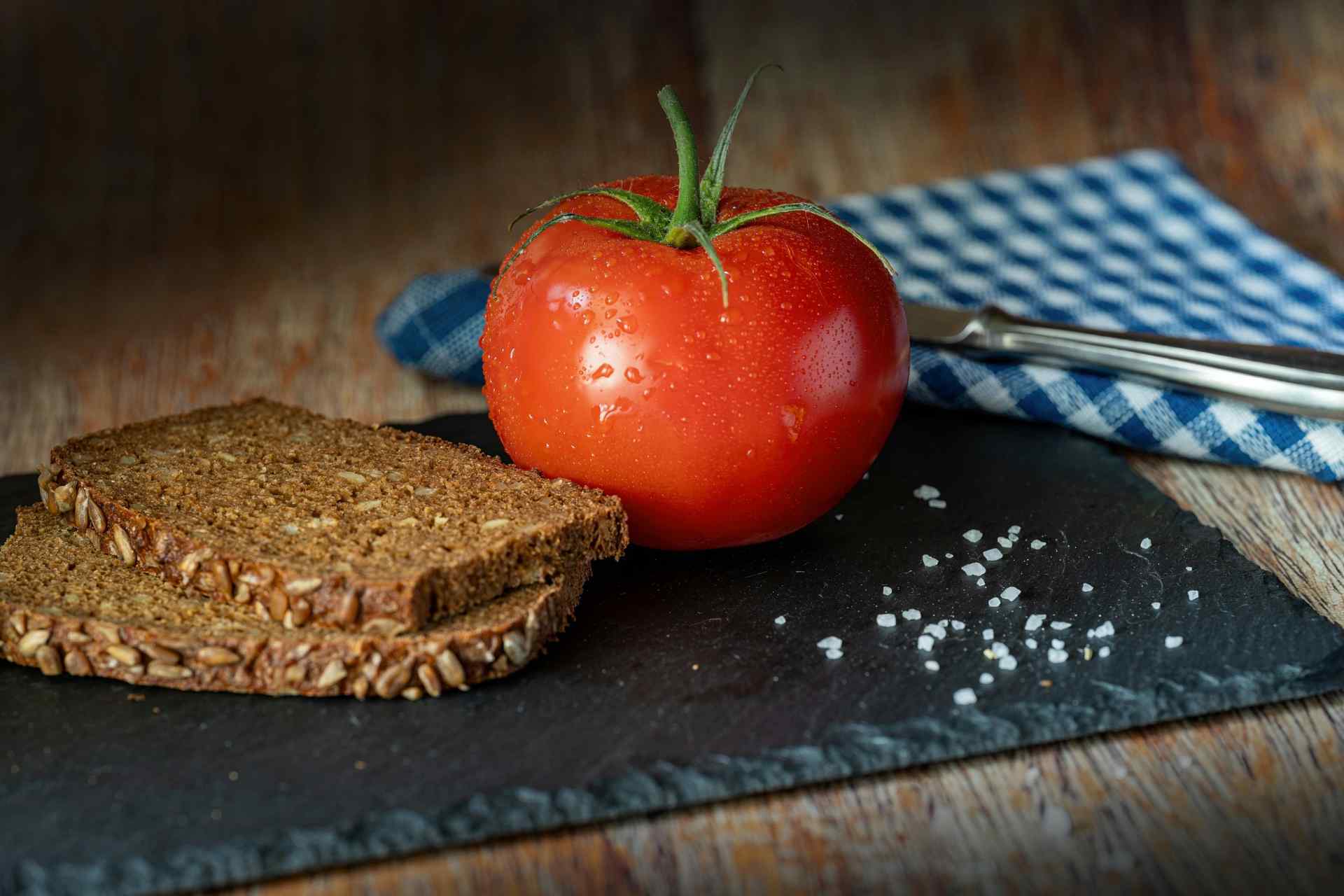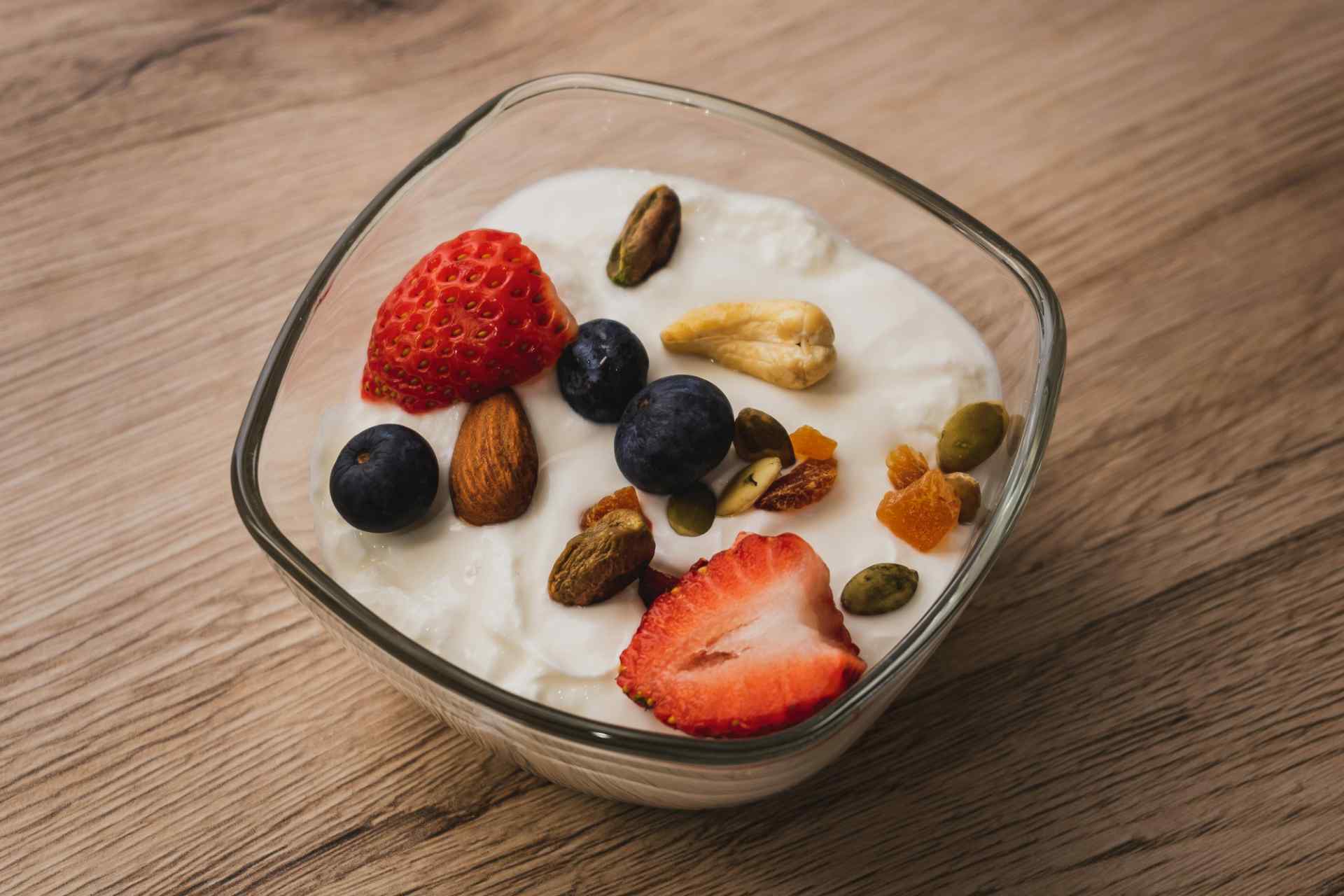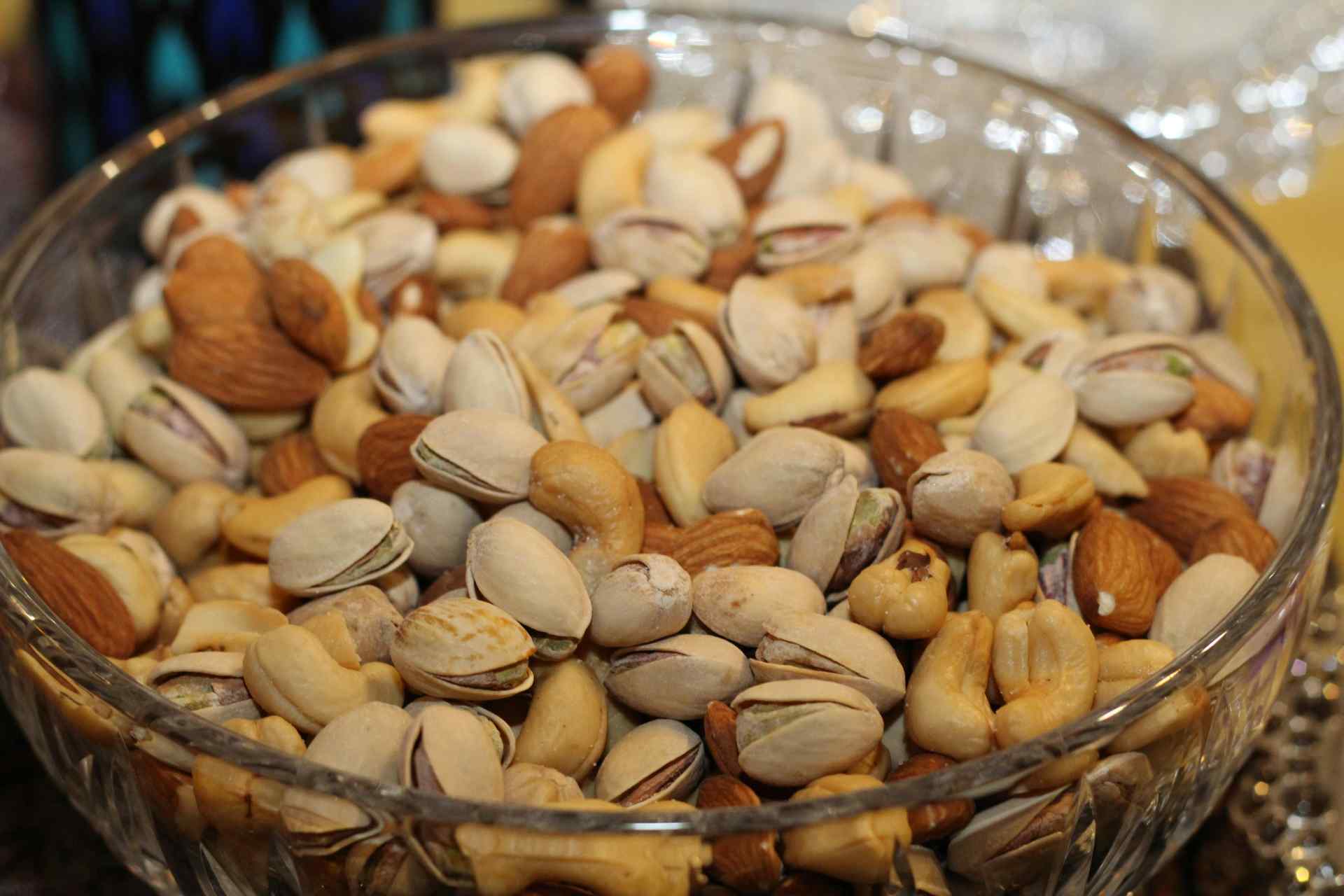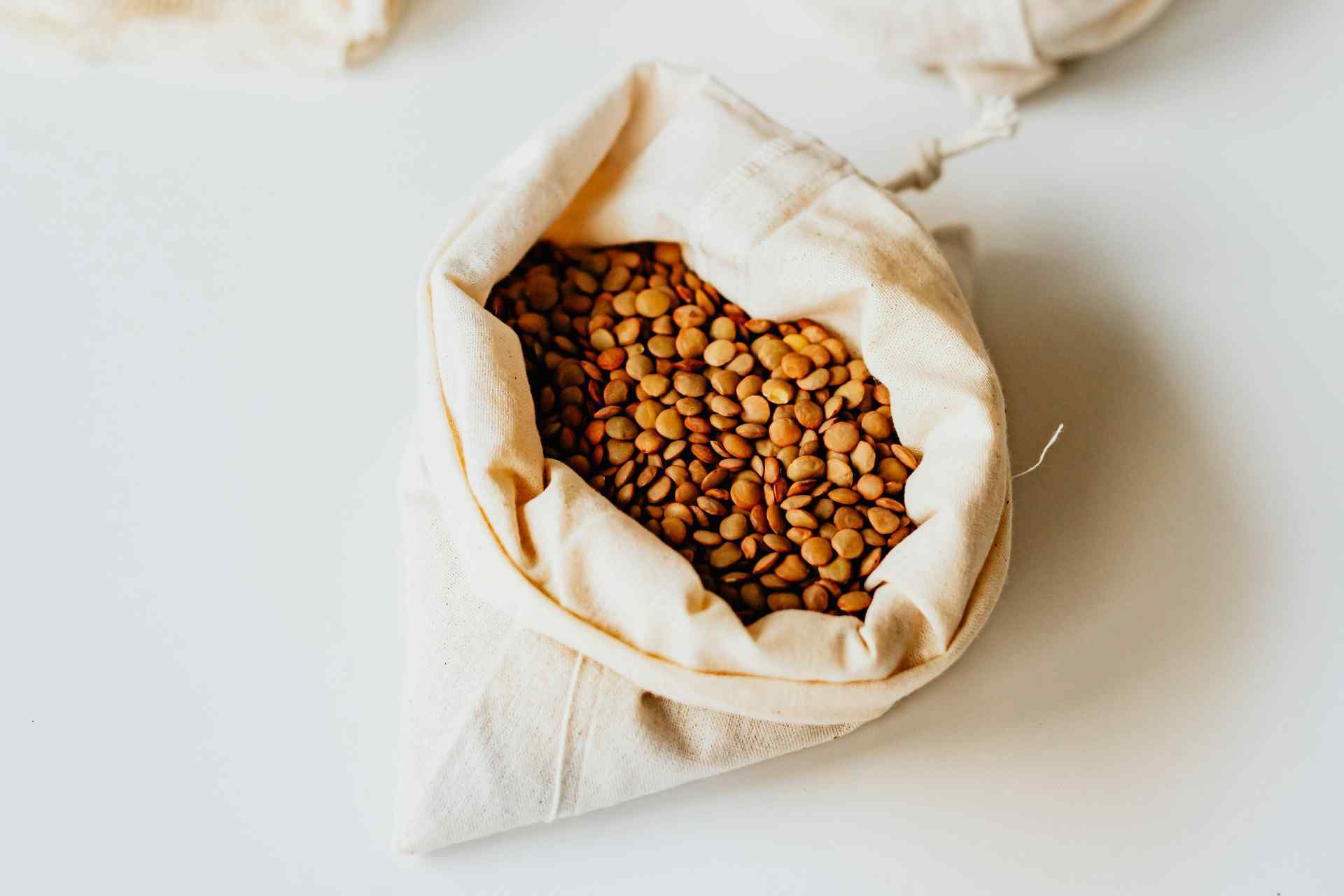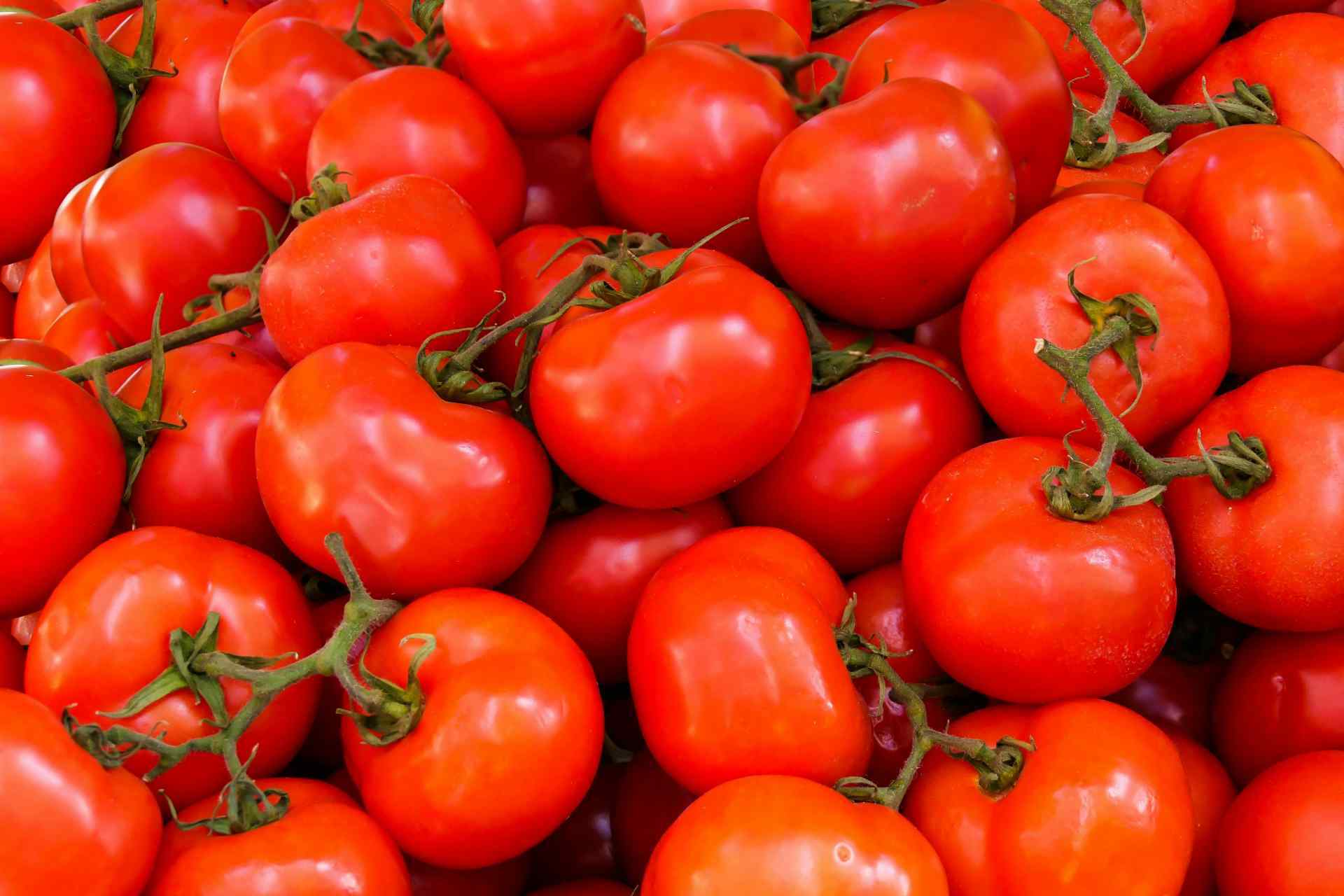


Most of us know that a balanced diet is extremely important if we want to maintain a healthy lifestyle and that, whilst we need a certain number of calories a day, if we consume more calories than we use, the excess energy is stored as fat and being overweight can lead to all sorts of health issues.
With food labelling, it’s impossible not to be aware that we need to eat at least five portions of fruit and vegetables each day. Many people, however, don’t realise the extent that certain conditions can be avoided, improved or controlled by making the correct choices in terms of food and drink.
Today, researchers confirm that gut health plays an important role in keeping bodies healthy. A plentiful and diverse colony of helpful gut bacteria – the gut microbiome - can help the body improve its immune function, control appetite and improve mental well-being. The health of the ‘microbiome’ can be improved at any age – and what you eat feeds and changes the healthy microbes living in the gut.
It's essential to stay hydrated, particularly in older age – the recommended amount is 1.5 to 2 litres of water a day.
Water in the body is essential for the body’s processes to take place – from the blood system which carries oxygen and nutrients to the cells and getting rid of the body’s waste products. Water lubricates the joints and eyes, allows the digestive system to function and keeps skin healthy. It also helps regulate body temperature, allowing us to lose heat via perspiration when we are overheated. Lack of fluids leads to headaches, dizziness, lethargy, poor concentration and a dry mouth.
Fruit juices are a good source of vitamins but please remember that they are often high in calories, and you would benefit more from eating the fruit which contains fibre and helps you to feel full. Dieticians recommend sticking to half a glass of fruit juice a day.
If you want to change your diet for health reasons, it’s important to make the new diet a lifestyle change, rather than a temporary measure but there are so many benefits if you choose to do so. Eating healthily can:
If you are taking medication, particularly blood thinners, or if you suspect you are gluten intolerant or have any other food allergies, please check with your doctor before making any dietary or lifestyle changes. We always recommend speaking to a dietician if you are planning on making changes to your diet.
These vitamins are found in animal fats, vegetable oils, dairy foods, liver and oily fish.
These vitamins are found in fruit and vegetables, grains, milk and dairy products. They aren’t stored in the body so need to be eaten regularly.
These are found in meat, cereals, fish, milk and dairy foods, fruit and vegetables and nuts.
Trace elements are necessary for the body but are needed in smaller amounts than vitamins or minerals
Before we delve into some common health conditions and the foods that may impact them, it is important to remember that your diet unfortunately offers no guarantee that you will avoid or improve these health conditions. However, some foods have been found to reduce your chances of developing certain health problems, or are known to support your body should you already have a health condition.
We recommend speaking to a dietician or specialist if you have any specific queries about the below.
A healthy diet plays an important role in the management of blood pressure and not least because it helps achieve – and maintain – a healthy weight.
Hypertension – or high blood pressure – does not cause symptoms itself but is a major risk factor for stroke, coronary artery disease, heart failure, atrial fibrillation, peripheral arterial disease, sight loss, chronic kidney disease and dementia. Hypertension is one of the major causes of premature death worldwide.
Eating high levels of fat, particularly saturated fats, can raise the amount of cholesterol in the blood. Low-density lipoprotein – bad cholesterol – then builds up, clogging the arteries and making them less flexible (atherosclerosis). This, in turn, leads to hardening of the arteries and a reduction in blood flow. The heart, therefore, has to work harder to push the blood through the arteries.
Plaque build-up from the bad cholesterol also narrows the arteries, further restricting blood flow and reducing the oxygen flow to the heart muscle, resulting in angina (chest pain) which signals an increased risk of a heart attack. If a piece of plaque breaks off and forms a clot, blocking the artery, a heart attack results.
You can find out more about this on the British Heart Foundation website.
Eating a variety of vegetables improves health and well-being.
Vegetables are nutritionally rich but with a minimum of calories. They are low in fat, nutrient-dense, high in fibre, provide complex carbohydrates for energy and contain cancer-fighting phytos. Some of the best vegetables for heart health include:
There are two types of diabetes – Type 1 is a lifelong condition where the body’s immune system attacks and destroys the cells that produce insulin and Type 2 where the body does not produce enough insulin, or the body’s cells do not react to insulin properly.
Type 1 is not caused by diet or lifestyle choices, but the chances of developing Type 2 are greater if you are overweight or obese. Healthy eating can help reduce the risk of developing Type 2 Diabetes and improve all over well-being.
A healthy diet plays a key role in maintaining bone health and can help prevent osteoporosis, a condition that weakens bones, making them more fragile and prone to factor. Osteoporosis has a number of causes and risk factors – including older age, the decline in women’s oestrogen levels after menopause and low testosterone levels in men.
Osteoporosis can also occur when one or more of the four parathyroid glands (which sit behind the thyroid) malfunction. The parathyroids control the amount of calcium in the bones and blood and if the levels become unbalanced, bones become weak and porous resulting in osteoporosis. This condition can only be rectified by an operation – but after the operation, it is essential to include plenty of vitamin D in the diet.
To reduce the risk of osteoporosis, it is essential to have adequate calcium in the diet along with Vitamin D that is necessary for the absorption of calcium. It is also important to do weight bearing exercise to lay down new bone – take a look at our blog on fitness.
No single food will prevent cancer but a diet rich in fruit and vegetables, whole grains and plant-based foods can lower the risk for some cancers.
A healthy diet also means achieving a healthy weight – and obesity is a risk factor for 13 different types of cancer.
According to the Arthritis Foundation, one of the most common questions asked by sufferers is ‘is there a special arthritis diet?’
The answer is that there are many foods that help reduce inflammation, improving joint pain and other symptoms.
The foods that are mainly found in the Mediterranean diet can help manage the disease having anti-inflammatory properties but they also provide a healthy diet which will improve overall health and wellness. Omega-3 fatty acids found in a number of sources including some types of fish are good at fighting inflammation and easing stiffness. Nuts may be relatively high in fat and calories, they have high levels of protein, fibre and monounsaturated fats (good fats).
Recent research has shown that the health of your gut impacts the health of your brown and that poor gut bacteria could be associated with the risk of depression.
Simple changes, however, can improve your gut health in a short space of time by eating a diet rich in probiotic and prebiotic foods daily.
Prebiotics are a type of fibre which are fermented in the colon to provide ‘food’ for gut-healthy probiotics, probiotics are live microorganisms that help balance the gut and other microbiomes and boost immunity.
Some foods are known for their specific benefits, which can help to ensure that your diet is well rounded. It may be worth considering how to introduce the following foods into your diet.
10 superfoods that you should include in your diet:
Find out more about the key benefits these foods may bring you below.
These are considered amongst the healthiest foods you can eat, packed with vitamin C, antioxidants which improve heart health, fibre which helps improve digestion and polyphenols – plant compounds with antioxidant and anti-inflammatory properties.
Berries are thought to help improve blood sugar and insulin response and help prevent and reduce symptoms of many chronic diseases. They are also thought to improve cognitive function.
From salmon, cod and mackerel to tuna and sardines, fish has many health benefits.
It is full of protein, vitamins and minerals, low in calories and high in omega-3 polyunsaturated fatty acids which are associated with brain function and heart health.
Fish is also rich in vitamin D, which is good for bones, vitamin B12, iodine which is good for the thyroid and metabolic function and selenium – a mineral that is a power antioxidant.
These are rich in vitamin A and C, essential for immune function, skin health and vision, calcium for bone health, fibre for the digestive system and phytochemicals – plant derived compounds with antioxidant and anti-inflammatory properties.
Broccoli, Brussels sprouts, Cabbage, Cauliflower, Collard Green, Kate, Radishes and Turnips.
These include thiocyanites and nitriles which are thought to prevent some types of cancer and a potent phytochemical (Sulforaphane) which is an antioxidant with anti-inflammatory properties and is associated with a reduction in depression.
Extra virgin olive oil contains Vitamin E and vitamin K and a range of healthy compounds including cholesterol-lowering monosaturated fatty acids.
Some studies show that is also anti-inflammatory, contains antioxidants and is beneficial for vasodilation – that is, the widening of blood vessels.
The rich outer layer of the grain – the bran – supplies B vitamins, iron, copper, zinc, magnesium, antioxidants and phytochemicals that play a role in disease prevention.
They are said to lower total cholesterol and inflammation levels and, as part of a balanced diet, should be eaten daily.
Yoghurt is a rich source of calcium so is good for bone health and also provides phosphorus, potassium, vitamin A, vitamin B2 and vitamin B12 as well as essential fatty acids.
It provides probiotics which help gut health but do avoid the sweetened versions. Greek yoghurt, which also provides protein, is easily available in a fat-free, unsweetened form.
These may be calorific, but nuts are full of fibre, antioxidants, vitamins and minerals and healthy fats as well as being a rich source of protein.
They help reduce the risk of heart disease and may reduce inflammation.
Bean, peas and lentils provide fibre, protein, carbohydrate, B vitamins, iron, copper, magnesium, manganese, zinc and phosphorous.
Naturally low in fat, practically free of saturated fat and free of cholesterol, they play a significant role in the prevention and management of a number of health conditions as well as being nutritious.
Research shows that regularly eating legumes may help lower total and LDL cholesterol levels helping with blood pressure management and, because of the fibre and slowly digested carbohydrate, play a role in weight management.
These are the major dietary source of the antioxidant, Lycopene, which has been linked to reduced risk of heart disease and cancer.
They are also a good source of vitamin C, Vitamin K, potassium and folate – which makes them good for tissue growth, cell function, blood clotting and bone health. They are also a good source of fibre which benefits the digestive system.
With retirement homes across the south of England, we have luxurious retirement homes in great locations.
Browse our retirement developments17 December 2025
Looking for a restaurant-quality meal at home? Try this easy Crispy Skin Sea Bass with Roasted Tomato Linguine. A perfect 30-minute…
Read more16 December 2025
If you’ve always enjoyed travel or always wanted to travel, retirement offers the perfect opportunity. You’ll have the time to…
Read more11 December 2025
Why do we make New Year's resolutions? Explore their ancient history, the psychology behind them, and expert tips to set SMART…
Read more


